Pancakes – A Breakfast Classic for All
Pancakes are a timeless breakfast favorite loved by people of all ages. Whether you enjoy them fluffy and stacked high with maple syrup or adorned with fresh fruits and whipped cream, pancakes bring comfort and joy to any morning. What makes them even more special is their versatility—whether you’re a beginner in the kitchen or an experienced cook, whipping up a batch of pancakes can be as simple or as creative as you want it to be.
In this guide, we’ll show you how to make the best pancakes step by step, so you can master this classic dish even if it’s your first time. From selecting the right ingredients to perfecting your flipping technique, we’ve got all the tips and tricks to ensure your pancakes turn out light, fluffy, and utterly delicious. So grab your mixing bowl, and let’s dive into the art of making pancakes!
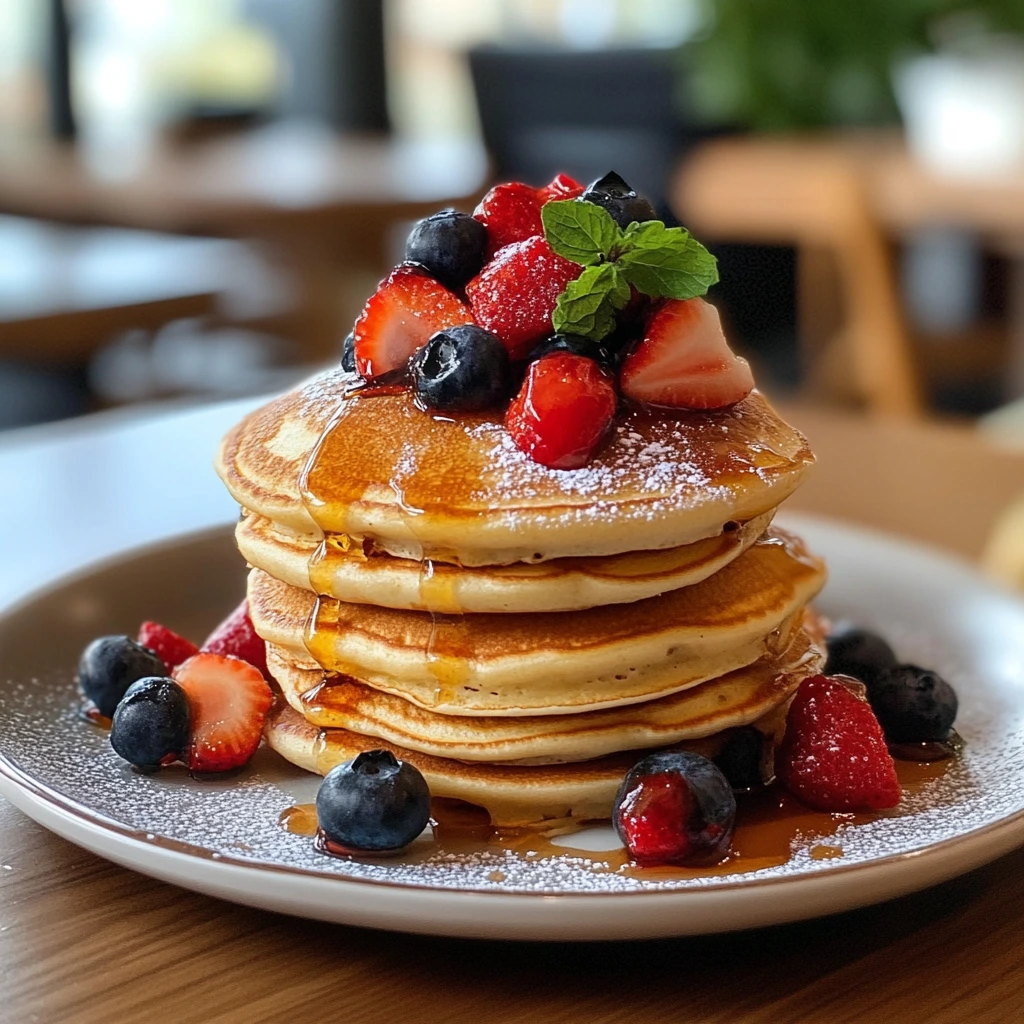
Essential Ingredients for Fluffy Pancakes
What You’ll Need to Get Started
Making pancakes is simple, but having the right ingredients and tools ensures success. Here’s what you’ll need:
Essential Ingredients
- Flour: All-purpose is classic, but whole wheat or gluten-free work too.
- Eggs: Adds structure and fluffiness.
- Milk: Any kind—whole, almond, or buttermilk for extra tenderness.
- Baking Powder: Ensures pancakes rise and stay light.
- Sugar: Adds subtle sweetness.
- Butter (or Oil): Adds moisture and prevents sticking.
- Salt: Enhances flavor.
Key Tools
- Spatula and Ladle: For flipping and portioning.
- Mixing Bowls and Whisk: For smooth batter.
- Non-Stick Skillet or Griddle: For even cooking.
Tips for Choosing the Best Ingredients
The quality of your ingredients makes all the difference in achieving perfect pancakes. Here’s how to choose the best:
- Salt: A pinch enhances flavor balance.
- Flour: Use all-purpose for classic pancakes or whole wheat for added fiber. Sift for a smoother batter.
- Eggs: Fresh eggs provide structure and flavor. For vegan options, use flaxseed meal or applesauce.
- Milk: Whole milk adds richness, while buttermilk creates a tender texture. Dairy-free options like almond milk work too.
- Baking Powder: Ensure it’s fresh for fluffy pancakes—test by adding some to hot water; it should fizz.
- Sugar: Granulated sugar is classic, while brown sugar adds caramel notes. Omit for savory pancakes.
- Butter or Oil: Butter gives flavor, while neutral oils like canola keep it light.
Common Substitutions and Variations
1. Substitutions for Dietary Needs
- Gluten-Free Options
- Dairy-Free Alternatives
- Egg-Free Solutions
2. Healthier Ingredient Swaps
- Whole Wheat Flour for Extra Fiber
- Natural Sweeteners Instead of Sugar
- Protein-Packed Additions Like Greek Yogurt
3. Flavorful Variations
- Spices and Extracts for Enhanced Flavor
- Fruity Pancakes: Adding Bananas, Berries, or Apples
- Chocolate Chips and Nuts for Texture and Taste
4. International Pancake Twists
- Swedish Pancakes: Light and Sweet
- Crepes: Thin and Delicate
- Japanese Soufflé Pancakes: Tall and Airy
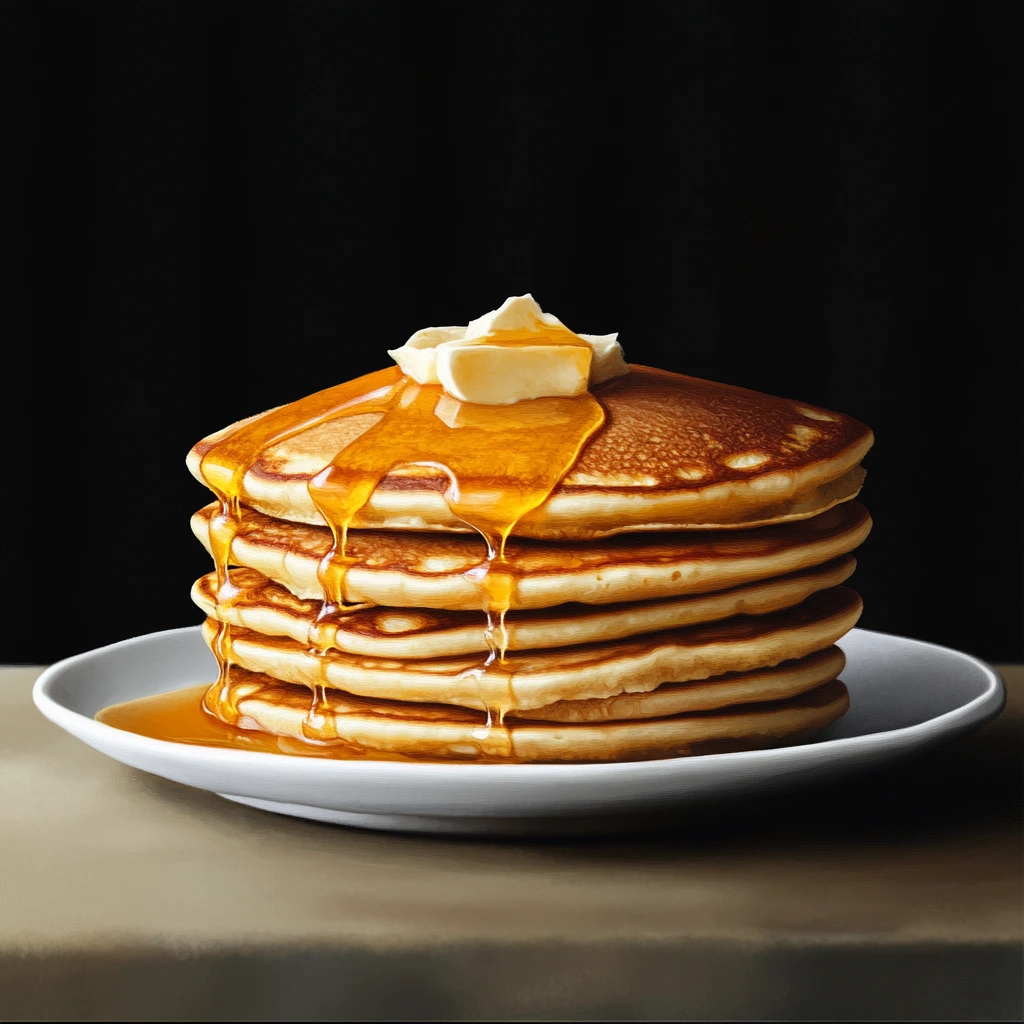
Step-by-Step Guide to Making Pancake Batter
How to Mix Your Pancake Batter Perfectly
Mixing pancake batter might seem simple, but the right technique makes all the difference. Here’s how to get it just right:
- Add Mix-Ins Last: Gently fold in extras like chocolate chips or blueberries to avoid overworking the batter.
- Separate Wet and Dry Ingredients: Mix dry ingredients (flour, sugar, baking powder, salt) in one bowl and wet ingredients (milk, eggs, melted butter) in another.
- Combine Gently: Slowly pour wet ingredients into dry, stirring until just combined. A few lumps are fine—overmixing leads to dense pancakes.
- Adjust Consistency: Batter should be thick but pourable. Add a splash of milk if it’s too thick or a sprinkle of flour if it’s too runny.
- Let It Rest: Rest the batter for 5–10 minutes to relax the gluten and activate the leavening agents.
Common Mistakes to Avoid When Mixing
Avoid these common mixing mistakes to ensure your pancakes turn out light and fluffy:
- Adding All Ingredients at Once: Mix wet and dry ingredients separately, then combine gradually.
- Overmixing: Stir gently and stop when ingredients are just combined. A few lumps are fine.
- Skipping Sifting: Sift dry ingredients to avoid clumps and ensure even mixing.
- Using Cold Ingredients: Use room-temperature milk, eggs, and butter for a smoother batter.
- Ignoring Batter Consistency: Keep it thick but pourable. Adjust with milk or flour if needed.
- Skipping Resting Time: Let the batter rest for 5–10 minutes to relax gluten and activate leavening agents.
- Overloading Mix-Ins: Add extras like chocolate chips or fruit in moderation to avoid uneven cooking.
How to Cook Pancakes Evenly Every Time
Follow these tips to ensure your pancakes cook evenly and turn out perfect:
- Preheat the Pan: Heat your skillet or griddle over medium heat for 5 minutes. Test with water droplets—they should sizzle and evaporate.
- Use the Right Pan: A non-stick skillet or griddle works best for even cooking and easy flipping.
- Lightly Grease: Spread a thin layer of oil or butter with a paper towel to avoid greasy edges.
- Pour Consistent Portions: Use a ladle or measuring cup to pour uniform pancakes, about 1/4 cup each.
- Cook on Medium Heat: Avoid high heat, which can burn the outside before the inside cooks.
- Flip at the Right Time: Wait for bubbles to appear and edges to set before flipping, then cook the other side for 1–2 minutes.
- Keep Pancakes Warm: Place cooked pancakes in a 200°F oven while finishing the batch.
Flipping Pancakes: Timing and Technique
Mastering the flip is essential for perfect pancakes. Here’s how to do it right:
- Cook the Second Side: The second side cooks quickly, usually in 1–2 minutes, until golden brown.
- Timing the Flip: Wait until bubbles form on the surface and the edges look dry and set before flipping. Don’t rush—flipping too early can break the pancake.
- Use the Right Tools: A thin, wide spatula and a non-stick pan ensure clean and easy flipping.
- Flipping Technique: Slide the spatula under the pancake, lift gently, and flip in one smooth motion. Avoid pressing down after flipping to keep pancakes fluffy.
Troubleshooting Common Pancake Issues
1. Pancakes Are Too Flat
- Causes: Thin batter or insufficient leavening.
- Solutions: Add fresh baking powder or thicken the batter with flour.
2. Pancakes Are Dense or Tough
- Causes: Overmixing the batter.
- Solutions: Stir gently and stop when ingredients are just combined.
3. Uneven Cooking
- Causes: Incorrect pan temperature or uneven batter pouring.
- Solutions: Preheat the pan properly and use consistent batter portions.
4. Pancakes Stick to the Pan
- Causes: Lack of grease or using the wrong pan.
- Solutions: Use a non-stick pan and lightly grease it before cooking.
5. Burnt Pancakes
- Causes: Heat too high.
- Solutions: Cook on medium or medium-low heat for even browning.
6. Pancakes Don’t Rise
- Causes: Expired leavening agents or overmixing.
- Solutions: Check baking powder freshness and mix gently.
7. Greasy Pancakes
- Causes: Excess butter or oil in the pan.
- Solutions: Wipe off excess grease with a paper towel between batches.
8. Undercooked Centers
- Solutions: Use smaller portions and cook on medium heat.
- Causes: Batter poured too thick or heat too high.
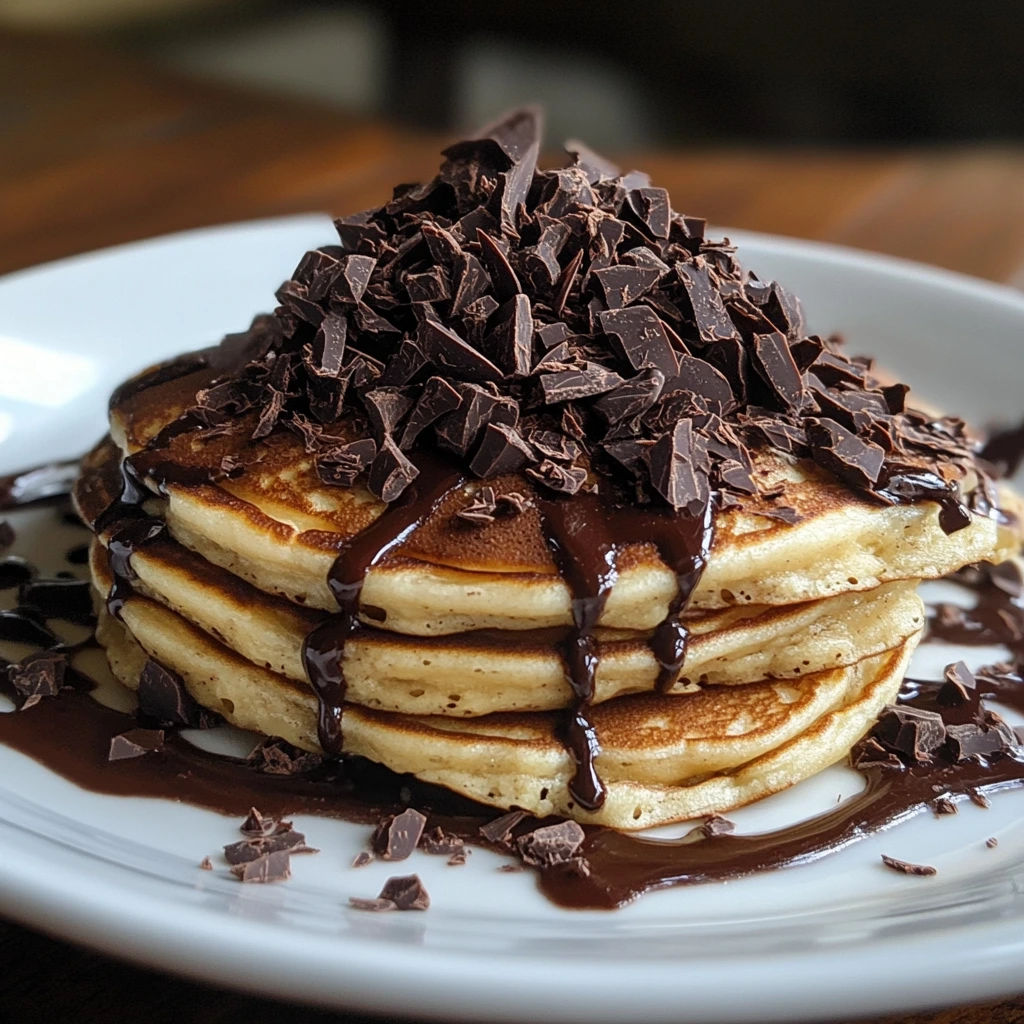
Topping Ideas to Elevate Your Pancakes
Classic Pancake Toppings Everyone Loves
These timeless toppings take your pancakes from simple to sensational:
- Nuts: Toasted pecans or walnuts add crunch and richness.
- Maple Syrup: Warm, pure maple syrup is a must-have classic.
- Butter: A melting pat of butter adds richness.
- Fresh Fruits: Strawberries, bananas, and blueberries bring natural sweetness and color.
- Whipped Cream: Light and airy for a touch of decadence.
- Chocolate Syrup: Perfect for a dessert-like stack.
- Powdered Sugar: A light dusting for sweetness and elegance.
- Nut Butter: Peanut or almond butter adds creaminess and flavor.
- Jam or Preserves: Fruity spreads like strawberry or raspberry for a burst of flavor.
- Bacon or Sausage: Sweet and savory perfection.
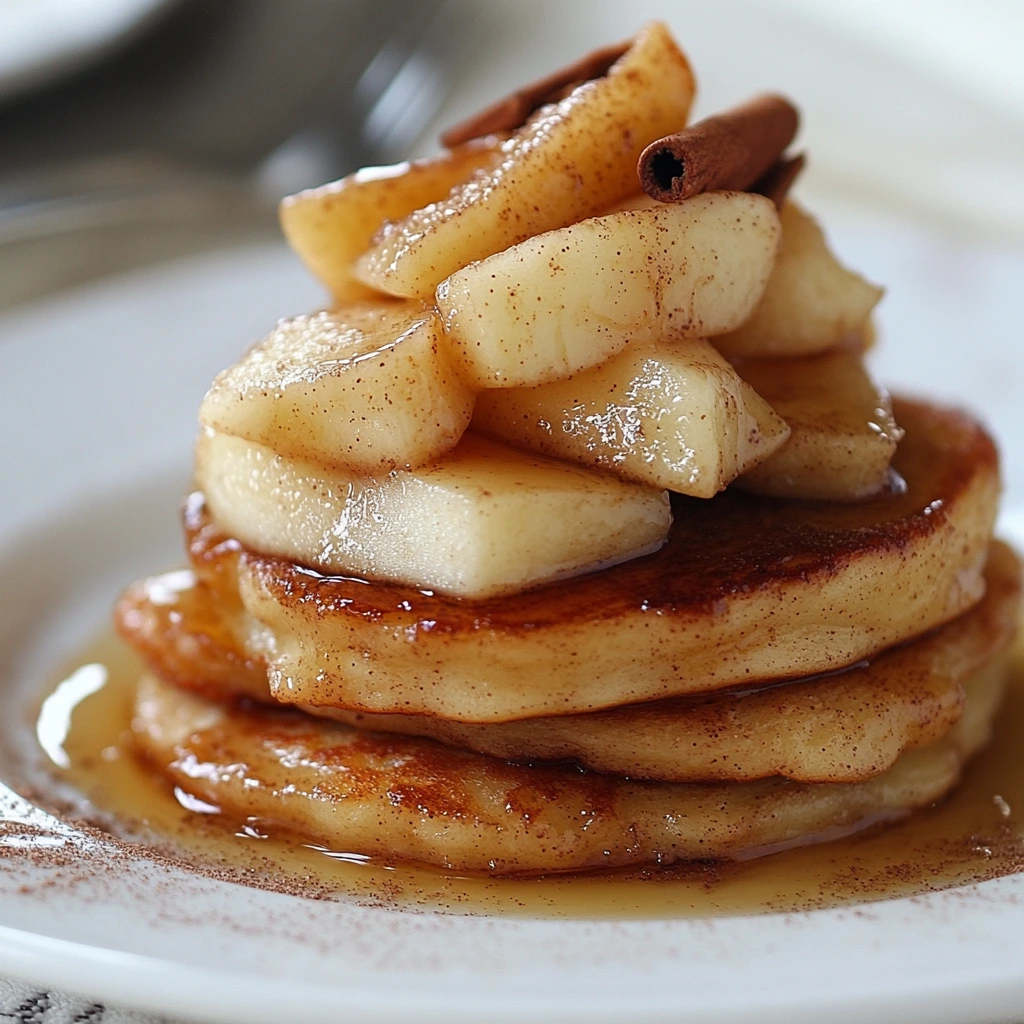
Creative and Healthy Pancake Toppings
Take your pancakes to the next level with these healthy and unique toppings:
- Savory Options: Try avocado, poached eggs, or smoked salmon for a hearty twist.
- Greek Yogurt: High in protein, creamy, and perfect with a drizzle of honey.
- Fresh Berries: Packed with antioxidants, use them fresh or as a simple compote.
- Nut Butters: Drizzle peanut, almond, or cashew butter for healthy fats and protein.
- Chia Seed Jam: Mix mashed fruit with chia seeds for a low-sugar, fiber-rich spread.
- Sliced Bananas & Honey: Sweet, natural energy with a touch of honey or agave.
- Toasted Coconut Flakes: Adds crunch and a tropical twist.
- Dark Chocolate Shavings: Antioxidant-rich and lightly indulgent.
- Cinnamon Apples: Sautéed apples with cinnamon make a warm, comforting topping.
- Nuts and Seeds: Sprinkle toasted walnuts, almonds, or pumpkin seeds for crunch.
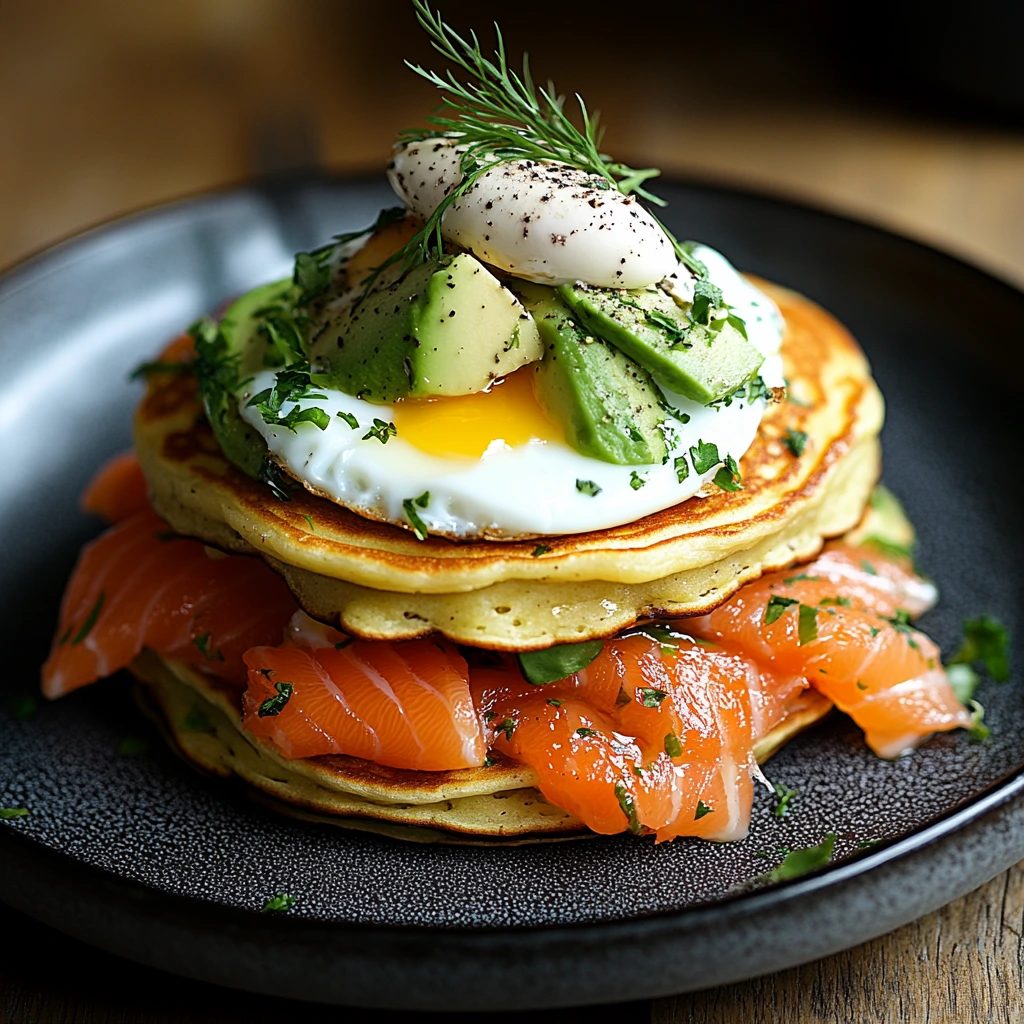
How to Present the Perfect Stack
Make your pancakes look as good as they taste with these tips:
- Uniform Sizes: Use a measuring cup for evenly sized pancakes to create a balanced stack.
- Neat Stacking: Center each pancake directly on top of the one below for a tidy look.
- Layer Toppings: Add butter, jam, or fruit between pancakes for visual appeal.
- Drizzle Syrups: Let maple syrup or chocolate sauce flow naturally down the sides for a dynamic presentation.
- Add Color: Use fresh berries, banana slices, or edible flowers for vibrant garnishes.
- Garnish Thoughtfully: Sprinkle powdered sugar, add a pat of butter, or top with whipped cream for a polished finish.
- Serve Hot: Keep pancakes warm and garnish just before serving for the freshest presentation.
Making the perfect pancakes is a rewarding experience, whether you’re a beginner or a seasoned cook. By following the steps outlined in this guide—choosing quality ingredients, mixing the batter carefully, cooking with precision, and experimenting with creative toppings—you can turn a simple breakfast into a delicious and memorable meal.
Remember, pancakes are incredibly versatile, so don’t be afraid to get creative and make them your own. Whether you stick to classic recipes or try bold new flavors, the joy of pancakes lies in their ability to bring comfort and satisfaction to your table. So grab your skillet, whip up a batch, and enjoy every bite of your perfect pancake stack!

